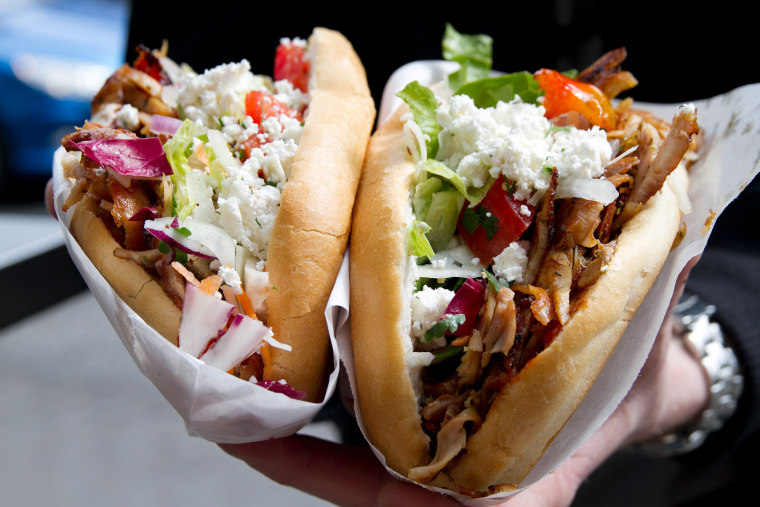
“Food porn” has become the common term for photographs that make a viewer salivate at first glance. Urban Dictionary defines it as “mouthwatering pictures of delicious foods,” designed to tempt the onlooker. Conversely, the camera can make even the most delicious meal look unappealing (case in point: the dark, blurry blobs posted on Yelp).
So how do you take the kind of food porn-y pictures that live up to the definition of the term?
I asked some of my favorite food-blogging photographers – Nicole Franzen of La Buena Vida, Katie Quinn Davies of What Katie Ate, and Robyn Lee of Serious Eats – to source their tips for making food look as delicious as 2-D can make it, even for the most amateur among us.
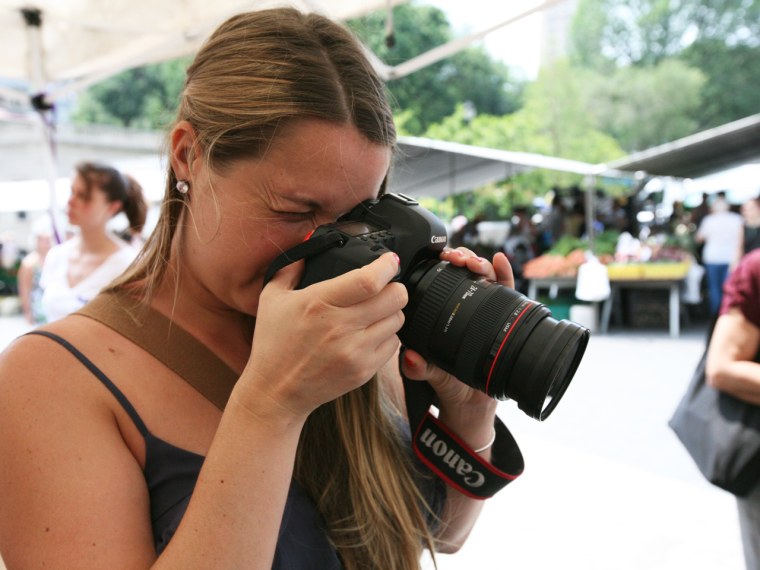
The good news for shutterbugs is that in the age of the iPhone, everyone is a photographer (the newer iPhones have higher-megapixel cameras and better resolution). Taking great pictures has never been so easy. And with the help of apps and tools like Instagram and Pinterest, sharing those pictures – instantly, for many – is just as simple.
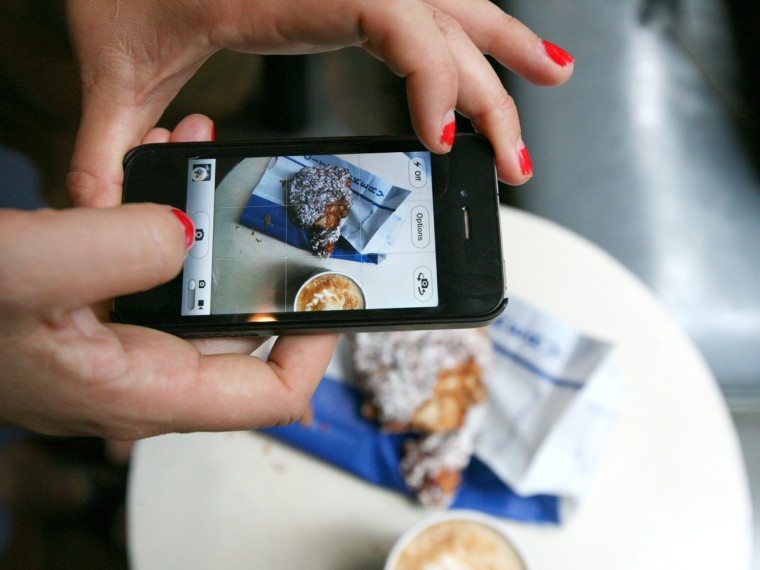
Here are some tips to help you take fantastic images of food.
Use natural light
Across the board, our expert food photogs don't use overhead lights or flashes. “I always use natural light,” Nicole told me when I shadowed her on a shoot in New York City's City Bakery and the Union Square Greenmarket.
My blogger buds found that an in-camera flash just makes food look strange, and certainly inedible. And using a restaurant's overhead lighting, while preferable to a flash, is still a less than savory viewing experience.
Below, Nicole Franzen uses her iPhone cam to provide examples of shooting under artificial light in the back of a restaurant (left) versus the natural light at a table by the window (right). You can see that the distinction lies in the sharpness and the camera's ability to focus well.

Direct vs. diffused light
Even when you use natural light, there are some factors to keep in mind, namely, direct versus diffused light. Direct light is just what it sounds like: The light source (in this case, the sun) hits the subject without any interference. Diffused light means something is in between the light source and the subject – think a white sheet, a reflector, or even heavy cloud cover over the sun – making the light fall across the subject more evenly.
The important thing to remember is that direct light gives a harsher, more contrasted photo (see left below) and diffused light is softer, with a more even appearance (see right below).
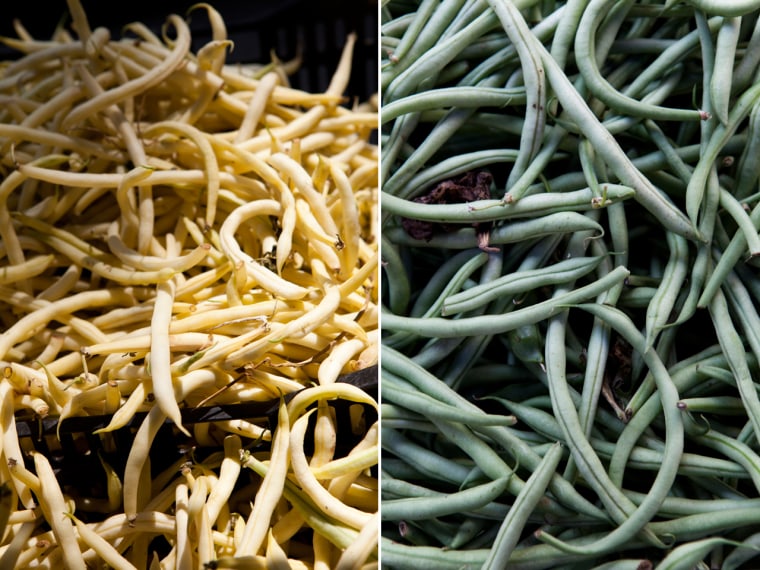
Experimentation and staging
Another unanimous tip among the talented folks I talked with was encouraging: HAVE FUN! Inherent in any photo session they do is a general sense of playing around and trial and error.
Robyn Lee told me that she tries to avoid taking too many shots at eye level, always giving herself options by changing her angle, either hovering over a dish or coming at it straight on.
Nicole's go-to tip for changing up the shot? "I take bites as I go," she said. Hey, you don't have to tell me twice, I thought as I "helped" her while she was shooting a chocolate chip cookie by taking a nibble away. She told me that she likes to do it because it make a photo more realistic and adds character.
Staging a shot takes experimentation to the next level. This kind of forethought and attention to detail goes a long way in giving an image of food a professional look.
Australian-based photographer Katie Quinn Davies does staging masterfully. In the photo below, for example, the food clearly steals the show, but the attention given to the setting around it makes the colorful raspberries and the rich chocolate frosting really pop.
Effective staging inspires the viewer to not only want to eat the food, but to live in the photo in which the food lies.
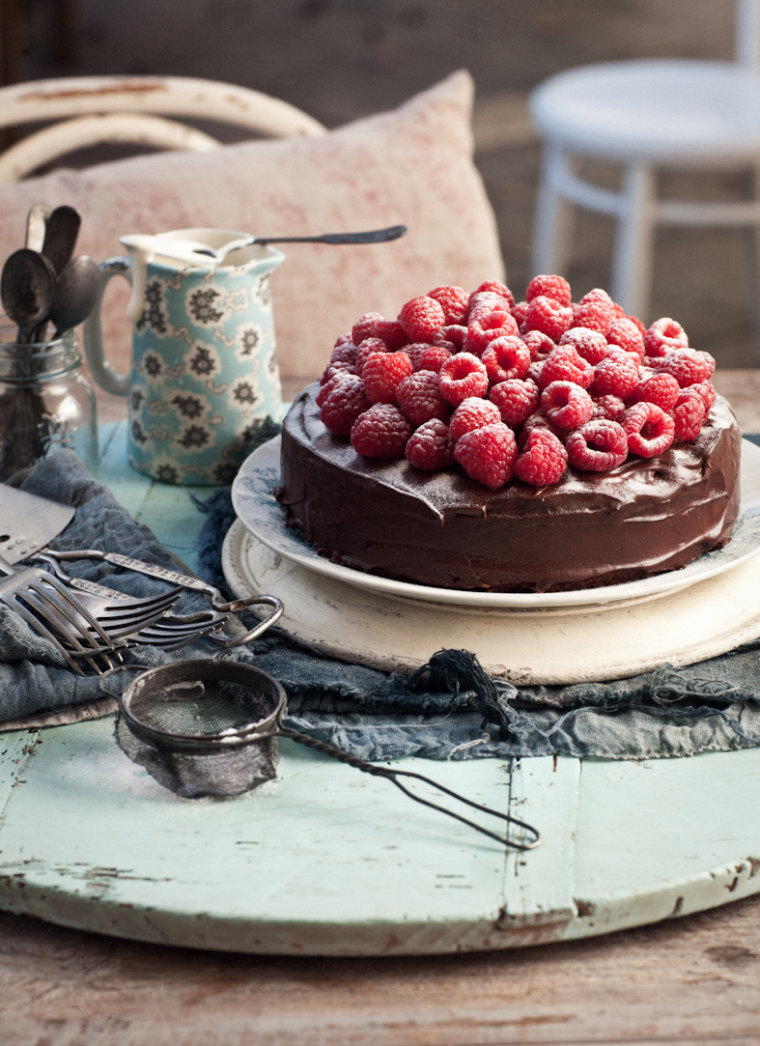
Work fast
When Katie is staging her beautiful shots, she always has to be aware of time. "With food photography, you have to work fast and be very prepared, as nine times out of 10 the food will start to spoil in less than five minutes," she told me. "For example, the skin on a roast chicken will start to shrivel up only one or two minutes after you take it out of the oven."
Editing/filters
Whether you use iPhone apps that offer filters or the desktop-based Adobe Photoshop, simple tweaks after you snap the original focus can make a big difference in how the final product looks. Nicole Franzen almost always puts her pictures, especially those taken on her phone through a filter before she shares them. Some of her favorites are showcased below, using the same photo of heirloom tomatoes. (From left: Cross Process App, VSCO, Shake it photo.)
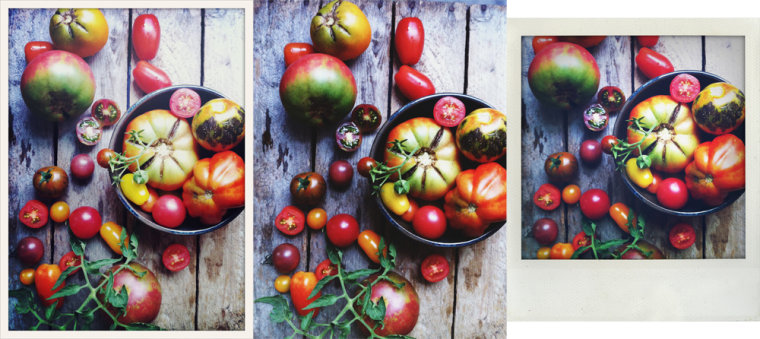
The good, the bad and the ugly
If there is one thing I learned while talking to these photographers whose work I admire so much, it's that so much food photography is subjective. A lot depends on personal style and taste and, honestly, that's a relief! It really takes the pressure off.
For instance, Nicole loves photographing salads because of their dimensions, texture and layers. She feels that it’s hard to shoot something like a casserole.
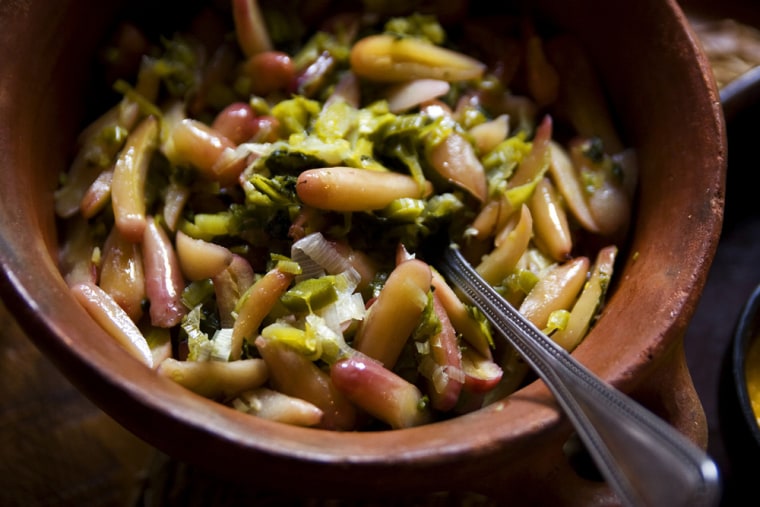
Katie told me: "I love shooting pizzas and some roast meats like a great roast chicken or rib roast, as you can make them look so appealing quite easily. There’s not that many foods I don’t enjoy photographing, but if I had to choose, I’d probably, oddly, say cupcakes. They all really look the same, so it’s difficult to make them look interesting or unique."
As long as you find a food that appeals to you (and armed with the simple tips above), you'll be able to make magic.
Have your own great food photos? Send them in below, and we'll feature the best ones on TODAY.com!
More from TODAY Food: